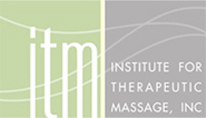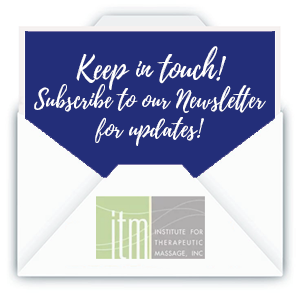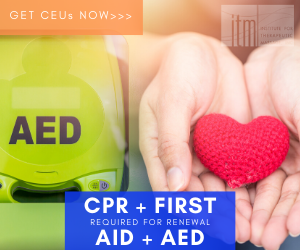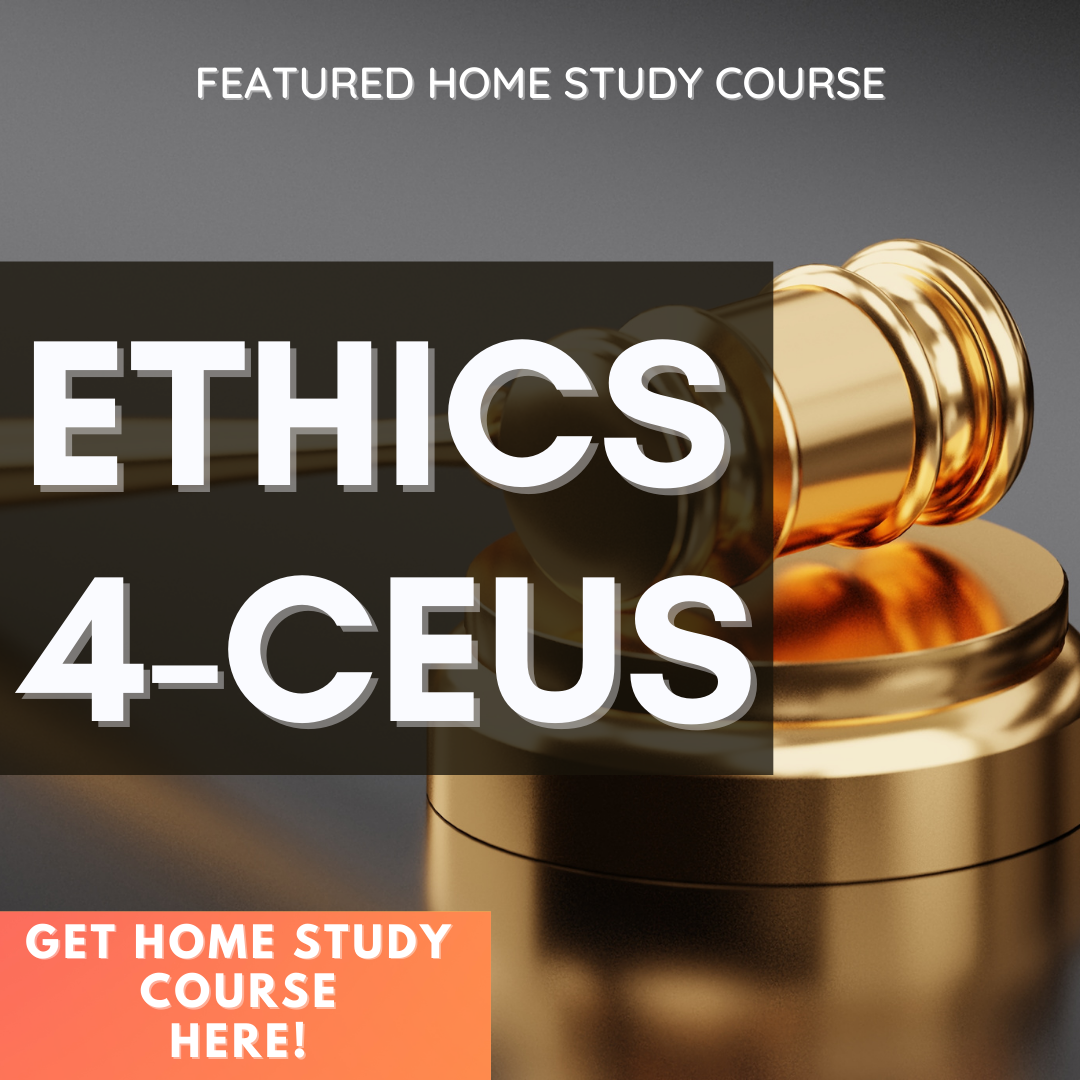Scientists have long known that there are many causes of cancer in human beings, but not until the last part of the twentieth century did they develop the technology to allow early detection, and the non-surgical methods of treatment that has resulted in much higher survival rates.
Unfortunately, along with the ability to treat this disease, has come an increased prevalence that some consider to be reaching epidemic proportions. According to the National Cancer Institute, as of January 1, 2003, there were approximately 10,496,000 men and women in the United States who were either living with, or had a history of cancer in their lives.
Progressive hospitals, researchers and medical practitioners have been increasingly recognizing the benefit of alternative treatment methodologies when developing their client care protocols. This is supported by the fact that prestigious institutions such as Memorial Sloan-Kettering in New York City, Massachusetts General Hospital in Boston, and Johns Hopkins in Baltimore have been adding massage therapists to their staff as the benefit of medical massage / touch therapy has demonstrated both physical and psychological benefits for the patients. The greatest limiting factor in these advancements is a lack of training programs and certified practitioners to provide the type of care that is needed.
The Oncology Massage Certification Program (OMCP) was developed to accommodate the fast growing need for qualified health and wellness professionals interested in performing medical massage on patients who currently have, or are a survivor of cancer. Along with traditional therapeutic techniques in the Massage and Bodywork foundations program, students will learn how to incorporate supportive and palliative care for oncology patients into their application of the art and science of massage therapy.
The OMCP is a 750-hour, NJ State approved massage therapy course that can be completed in 10 months during our day classes. It meets the requirements of New Jersey’s licensing standards, and provides the student with the knowledge needed for the National Certification Board for Therapeutic Massage and Bodywork (NCBTMB) or the Massage & Bodywork Licensing Exam (MBLEx), which is endorsed by the Federation of State Massage Therapy Boards (FSMTB).
This is also an excellent option for existing massage therapy practitioners. ITM will transfer credits for existing licensed massage therapists, allowing them to focus on palliative and oncology portion of the program. Fill out the form or call us to speak to an ITM program advisor.
Financial aid is available for those who qualify.
Oncology Massage Certification Program Classes
Sun Anatomy and Physiology Module (40 clock hours)
Sun is an introduction to comprehensive study of the structure and functioning of the human body including the study of chemistry, cells, tissues, the Skeletal and Muscular systems. Students will discuss in this module the homeostatic mechanisms of each system. An introduction to Pathology will teach the students pathological conditions of each system as they relate to the study of massage therapy, medical terminology, the direct and indirect causes of disease, the nature of the inflammatory process and its role in all phases of injury recovery. In Myology, the student’s instruction includes the study of muscle tissue, muscular injuries and implications for massage therapy, and the study of the skeletal system and all major muscles of the body. Students will also cover postural analysis related to the anatomy of the body.
Sun Therapeutic Massage Module (80 clock hours)
Sun introduces students to the history of Massage and all the influential people that helped to make massage what it is today. Students will learn strokes and hands-on skills that are used throughout massage therapy. We will teach them communication skills to use in practice when they graduate. They will learn; uses, effects, and chemical ingredients of powders, oils, and other products used in massage therapy, as well as safety, hygiene, and universal precautions. This module will teach draping and bolstering techniques used in practice. Students will learn the effects of massage, as well as the indications and contraindications for massage. They will learn the basic strokes of effleurage, petrissage, tapotement, shaking, rocking, friction, compression, and range-of-motion techniques. In order to reduce mechanical stress and potential of injury, students will also study the fundamentals of body mechanics and correct wrist and hand alignment, as well as self-care and stretching exercises. The course also will teach the treatment planning of client intake, assessment, and documentation. Once the foundational massage strokes are learned, the students will learn the fundamentals of medical massage strokes which will be applied in later modules. Students will learn to perform a one-hour full body relaxation massage incorporating all strokes and techniques learned. Students will also learn Myofascial Release to address these changes through the use of slow, sustained movements that restore normal function while providing the client with a sense of relief, balance and improved well-being.
Moon Anatomy and Physiology Module (60 clock hours)
Moon is an introduction to comprehensive study of the structure and functioning of the human body including the study of the Integumentary, Nervous, & Endocrine Systems. Students will discuss in this module the homeostatic mechanisms of each system. An introduction to Pathology will teach the students pathological conditions of each system as they relate to the study of massage therapy, medical terminology, the direct and indirect causes of disease, the nature of the inflammatory process and its role in all phases of injury recovery. Myology the student’s instruction includes the study of muscle tissue, muscular injuries and implications for massage therapy, and the study of the major muscles of the body; their origin, insertion and actions related to the upper extremities.
Moon Therapeutic Massage Module (60 clock hours)
Moon introduces students to the strokes and hands-on skills that are used throughout massage therapy. We will teach them communication skills to use in practice when they graduate. Students will learn the effects of massage, as well as the indications and contraindications for massage as it relates to the upper extremities. They will review the foundational strokes of effleurage, petrissage, tapotement, shaking, rocking, friction, compression, and range-of-motion techniques. In order to reduce mechanical stress and potential of injury, students will continue to study the fundamentals of body mechanics and correct wrist and hand alignment, as well as self-care and stretching exercises. The module also will teach the treatment planning of client intake, assessment, and documentation as it relates to medical massage. Students will practice foundational massage strokes and build on fundamentals of medical massage strokes which will be applied to the shoulder, arm and hand. Students will learn to perform a one-hour full body relaxation massage incorporating all strokes and Medical techniques learned. Students will also learn Myofascial Release to address these changes using slow, sustained movements that restore normal function while providing the client with a sense of relief, balance and improved well-being.
Mountain Anatomy and Physiology Module (60 clock hours)
Mountain is an introduction to comprehensive study of the structure and functioning of the human body including the study of the Cardiovascular, Lymphatic, & Respiratory systems. Students will discuss in this module the homeostatic mechanisms of each system. An introduction to Pathology will teach the students pathological conditions of each system as they relate to the study of massage therapy, medical terminology, the direct and indirect causes of disease, the nature of the inflammatory process and its role in all phases of injury recovery. Myology the student’s instruction includes the study of muscle tissue, muscular injuries and implications for massage therapy, and the study of the major muscles of the body; their origin, insertion and actions related to the axial skeleton.
Mountain Therapeutic Massage Module (60 clock hours)
Introduces students to the anatomy of the head and neck. As the student is learning the anatomy they will incorporate the strokes and hands-on skills that are used throughout massage therapy of the head and neck. We will continue to teach and use the communication skills that will be used in practice when they graduate. Students will learn the effects of massage, as well as the indications and contraindications for massage as it relates to the head and neck. They will review the foundational strokes of effleurage, petrissage, tapotement, shaking, rocking, friction, compression, and range-of-motion techniques. In order to reduce mechanical stress and potentMountain introduces students to the strokes and hands-on skills that are used throughout massage therapy of the head, neck, and spine. Students will learn the effects of massage, as well as the indications and contraindications for massage as it relates to the head, neck, and spine. They will review the foundational strokes of effleurage, petrissage, tapotement, shaking, rocking, friction, compression, and range-of-motion techniques. To reduce mechanical stress and potential of injury, students will continue to study the fundamentals of body mechanics and correct wrist and hand alignment, as well as self-care and stretching exercises. The module also will teach the treatment planning of client intake, assessment, and documentation as it relates to medical massage. Students will practice foundational massage strokes and build on fundamentals of medical massage strokes which will be applied to the head, neck, and spine. Students will learn to perform a one-hour full body relaxation massage incorporating all strokes and Medical techniques learned. Students will also learn Myofascial Release to address these changes through the use of slow, sustained movements that restore normal function while providing the client with a sense of relief, balance and improved well-being.
Sky Anatomy and Physiology Module (60 clock hours)
Sky is an introduction to comprehensive study of the structure and functioning of the human body including the study of the Digestive, Urinary, & Reproductive systems. Students will discuss in this module the homeostatic mechanisms of each system. An introduction to Pathology will teach the students pathological conditions of each system as they relate to the study of massage therapy, medical terminology, the direct and indirect causes of disease, the nature of the inflammatory process and its role in all phases of injury recovery. Myology the student’s instruction includes the study of muscle tissue, muscular injuries and implications for massage therapy, and the study of the major muscles of the body; their origin, insertion and actions related to the lower extremities.
Sky Therapeutic Massage Module (60 clock hours)
Sky introduces students to the strokes and hands-on skills that are used throughout massage therapy of the lower extremities. Students will learn the effects of massage, as well as the indications and contraindications for massage as it relates to the lower extremities. They will review the foundational strokes of effleurage, petrissage, tapotement, shaking, rocking, friction, compression, and range-of-motion techniques. To reduce mechanical stress and potential of injury, students will continue to study the fundamentals of body mechanics and correct wrist and hand alignment, as well as self-care and stretching exercises. The module also will teach the treatment planning of client intake, assessment, and documentation as it relates to medical massage. Students will practice foundational massage strokes and build on fundamentals of medical massage strokes which will be applied to the lower extremities. Students will learn to perform a one-hour full body relaxation massage incorporating all strokes and Medical techniques learned. Students will also learn Myofascial Release to address these changes using slow, sustained movements that restore normal function while providing the client with a sense of relief, balance and improved well-being. Students will also learn Modified Swedish Massage for Cancer Survivors designed to teach students already proficient in Swedish Massage how to modify their techniques for a client who is at least two months post treatment for cancer (treatments may include surgery, reconstruction, radiation, and/or chemotherapy). Students will learn to effectively address such issues as communicating with physicians, their client’s sensitivity to possible hair loss, and others.
Student Clinic: Therapeutic Massage (49 clock hours)
Clinic provides students with an invaluable opportunity to apply their classroom learning in a supervised setting. While enhancing their hands-on massage skills, students gain experience in working with a variety of body types and physical conditions. Clinic has also proven to be a tremendous confidence builder in working with clients.
Business, Ethics & Practice Management (BEPM) (16 clock hours)
The course is a study of marketing, local law, certification requirements, and business logistics. Included in lecture are marketing techniques, legal entity formation, ethics, and insurance requirements.
Student Externship & Massage Technique Practice (100 clock hours)
Externship provides students with an invaluable opportunity to apply their classroom learning in a supervised hospital setting. While enhancing their hands-on massage skills, students gain experience in working with a variety of body types and physical conditions. Externship has also proven to be a tremendous confidence builder in working with the cancer patients and their families.
Hospital Based Massage I (25 clock hours)
A comprehensive study of massage therapy within the hospital environment. In this course students will learn how to adapt to the hospital environment, practice infection control precautions and adjust their massage based on sit, pressure and position considerations. Students will also learn about the main reasons patients are hospitalized for medical treatment including their common conditions and symptoms. Students will also learn about the common devices which are used in hospitals as well as many of the common procedures performed in a hospital. Students will learn about the common medications used in the hospital. Students will learn how to obtain referrals and orders and how to perform a patient intake. Students will finally learn how to adjust a basic Swedish massage for a medically frail patient and how to document that session. Finally students will learn about the future of massage within the hospital environment and how they can become part of this trend.
Manual Lymphatic Massage (20 clock hours)
The course is a hands-on instructional course designed to train students to perform manual lymphatic massage. This course includes an in-depth study of the lymphatic system and the effects of MLM. Students will learn how to apply specific techniques to particular parts of the body. Students will also perform MLM on oncology patients.
Oncology I (35 clock hours)
An introduction of oncology and the treatments associated. This course includes the study of Traditional medicine as well as Complementary and Alternative Medicine (CAM). Topics covered are study of the cellular growth of cancer, the pharmacological and CAM treatment of cancer: including Massage and bodywork, acupressure, reflexology, and energetic approaches associated with CAM. In Oncology I students will learn the psychological, physiological, financial and emotional issues a patient with cancer deals with, and how to treat them within the massage therapist scope of practice. Students will learn about legal issues and how to handle them as well as some coping skills when working with the sick or dying.
Oncology II (35 clock hours)
A continuation in the study of Oncology and the treatments involved. This course includes an in depth look at the physiologic changes associated with cancer and its treatment. As well as a detailed look at the different types of cancer and possible treatment modalities available to the Massage Therapist.
Campus Locations
The Massage and Bodywork Program is taught at all of the following campus locations:
- Bloomfield Campus – Essex County
- Haskell / Pompton Lakes Campus – Passaic County
- Tinton Falls Campus – Monmouth County



